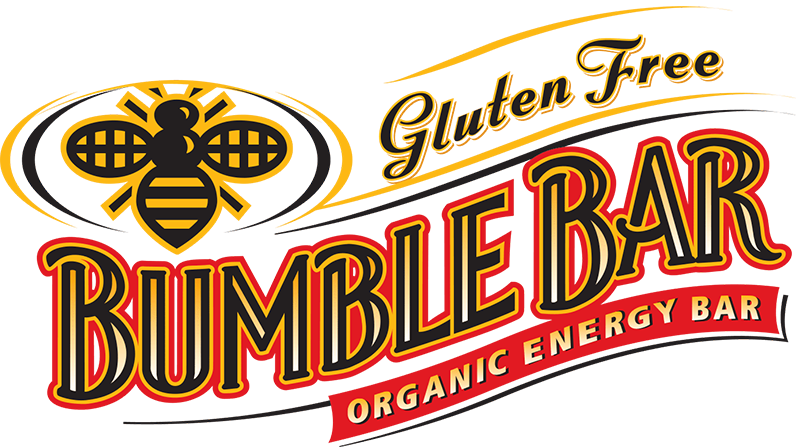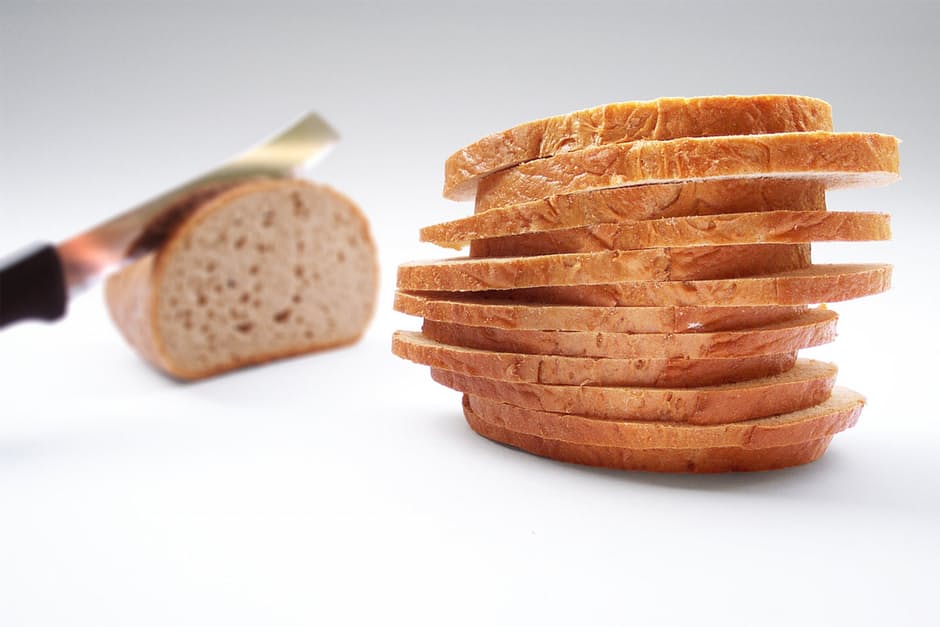Eating healthy can get tricky if you aren’t careful – trust us, we know! Diligently double checking nutrition labels and keeping track of what you’re consuming is a great place to start if you’re worried about managing your gluten intake. But for those of us with extreme gluten sensitivities, it’s a bit more complex than simply reading ingredient panels.
Cross contamination is one of the biggest issues for gluten-free dieters, especially when dining out. You may order a plate of seasoned, crispy sweet potato fries thinking you’re in the clear – but what if the chef uses the kitchen fryer for both french fries, and for that crispy breaded chicken your not-so-health-conscious cousin ordered? Well, let’s be honest, it’s no longer gluten-free and you’re probably going to feel a bit sick.
There are many situations similar to the fried chicken example that can impact your gluten-free diet negatively. It’s important to maintain awareness, so gluten-free dieters may continue to choose what they consume in a transparent, careful way.
Here are a few other circumstances to watch out for:
1. Don’t Assume – Not all ingredients are made equally. (This is something we take very seriously at BumbleBar!) You may assume that the stock cubes you’re using for your gluten-free stew are, well, gluten-free. But in reality, many stock cubes are made with wheat derivatives. This can also happen with things like soy sauce, sausage, corn based cereals, chocolate and many other snacks… Make it easy on yourself and identify gluten-free versions of your staple ingredients before you head to the local grocery store. The Gluten Intolerance Group has a great list of certified gluten free products here.
2. Cross Contamination – We’ve briefly touched on this subject in the introduction of this article, but there are a few other facts you may not know. If you have family members who eat gluten and share the same kitchen that you use to prepare your gluten-free meals, it is extremely likely you may be cross-contaminating your food. It’s very important to keep your surfaces and cooking tools sterile and separate from the tools which are being used for food containing gluten. One idea that works well is to use a color code. For example, have a green cutting board solely for use with gluten free foods and a red one for use with food that does contain gluten.
3. Double and Triple Check – Are you eating foods which are labeled ‘gluten-free’ but you’re still experiencing the icky symptoms of gluten intolerance? You might be consuming gluten without even knowing it! The U.S. Food and Drug Administration has formally defined the term “gluten-free” as less than 20 parts per million (ppm) of gluten. But even that small amount can make you feel ill if you’re sensitive enough. So, to make sure you’re actually getting gluten-FREE food, take a close look at the nutrition label and do some of your own research online.
After reading this, you may be thinking “Gosh, that’s a lot of time to dedicate to a gluten-free diet.” And in a way, you’re right. It does take quite a bit of time to research safe foods and to keep cross contamination at bay. But that being said, we promise this will soon be second nature – especially when you find yourself glowing, thriving and living like never before, because of your healthy gluten-free diet!

